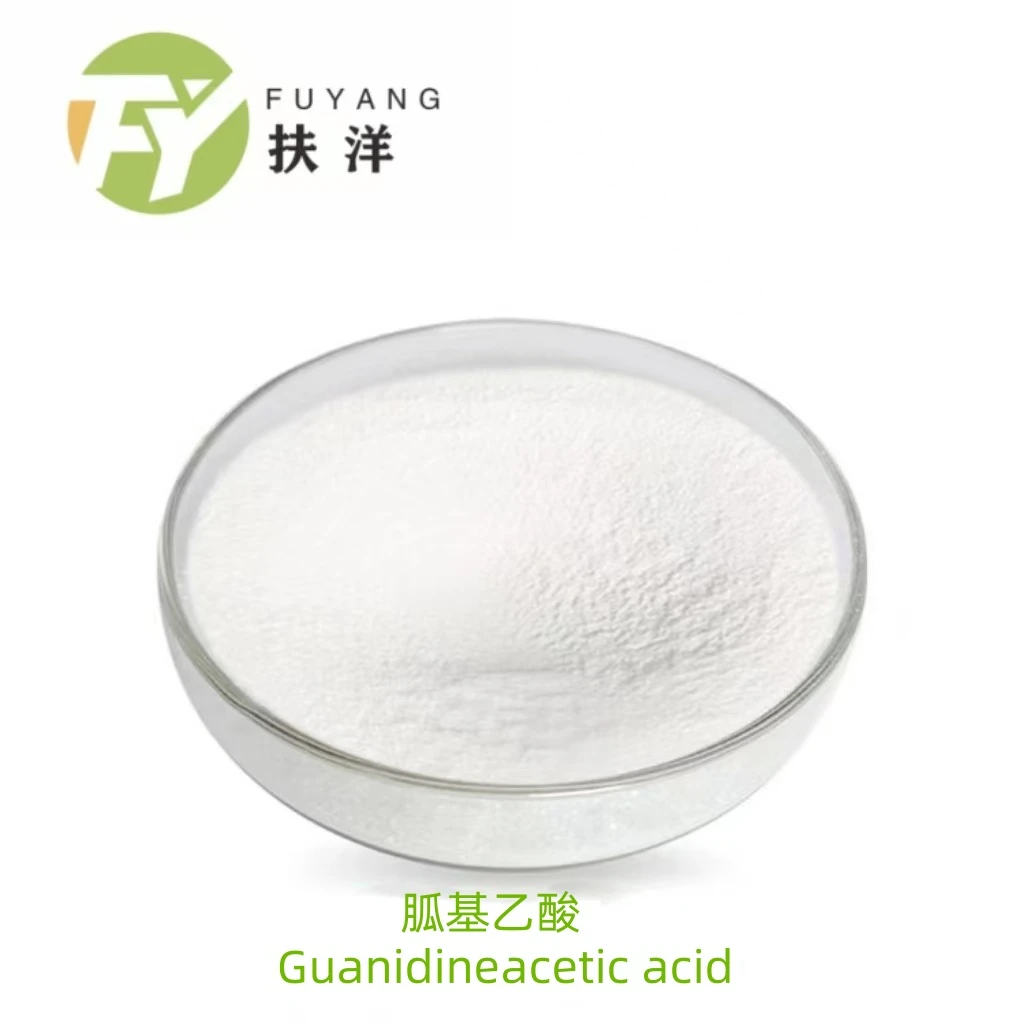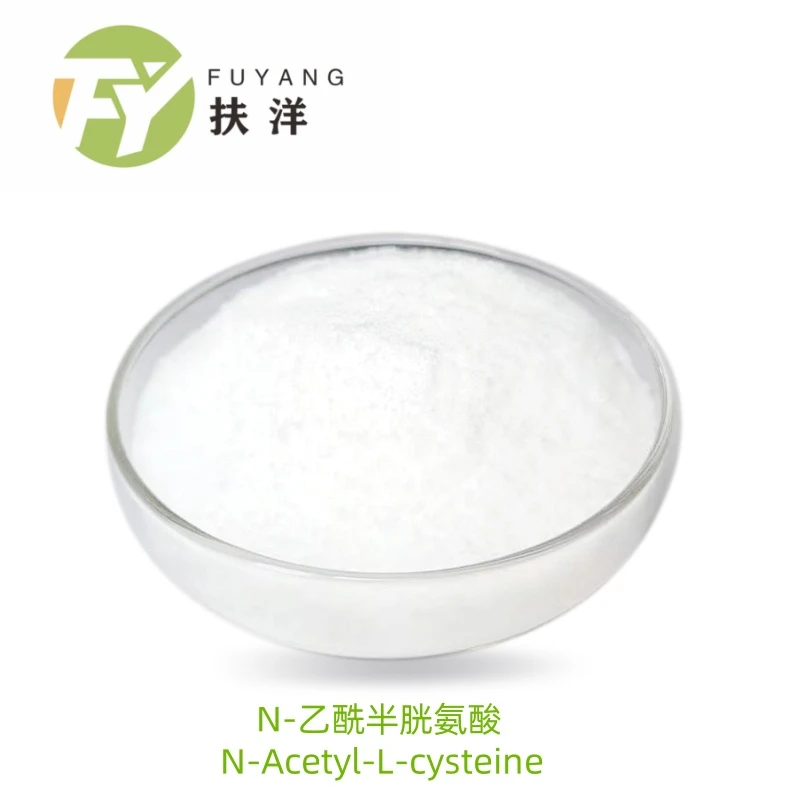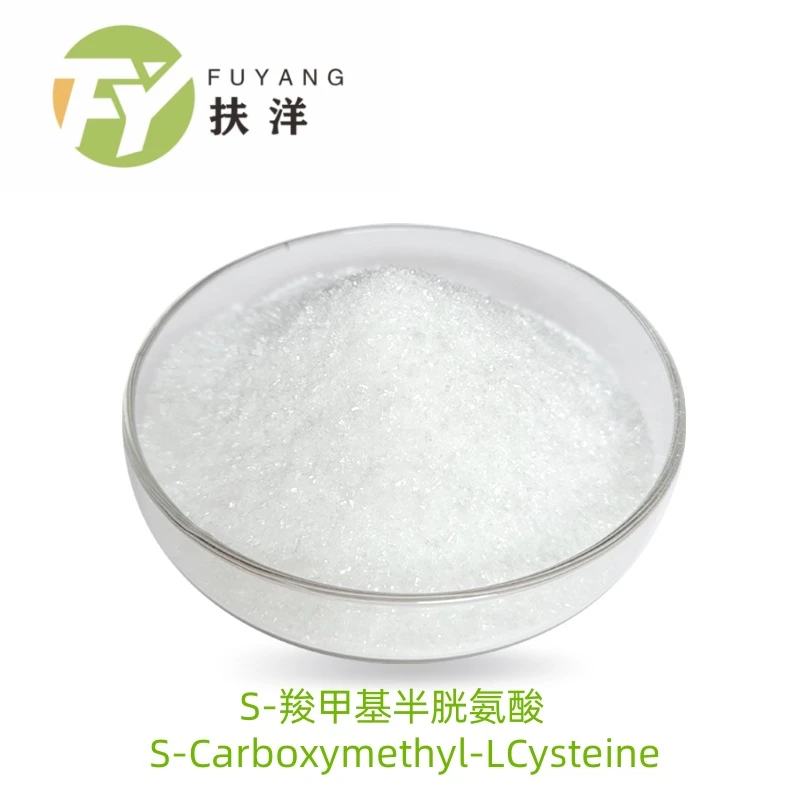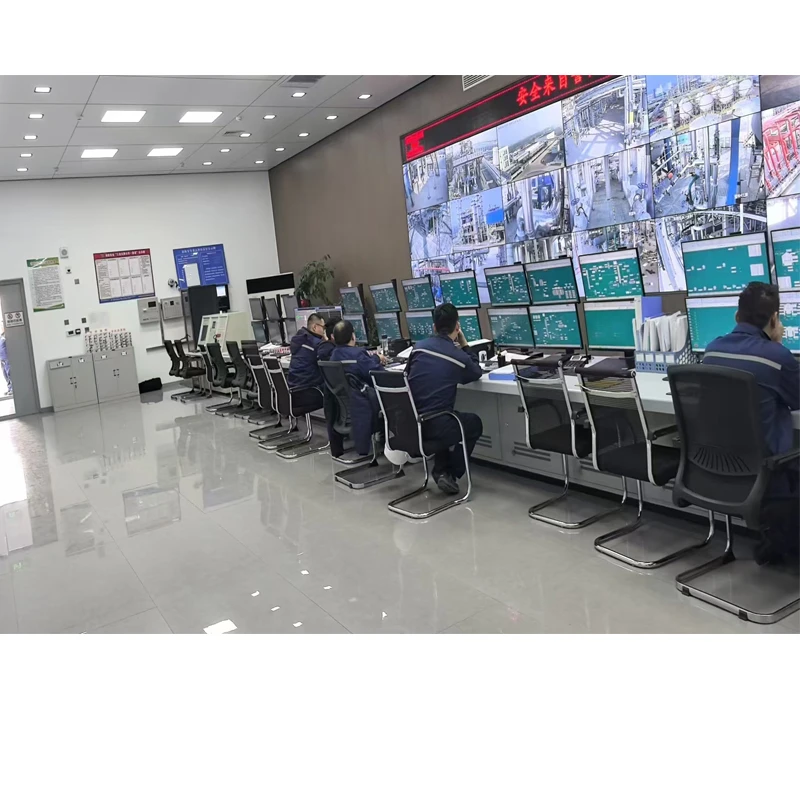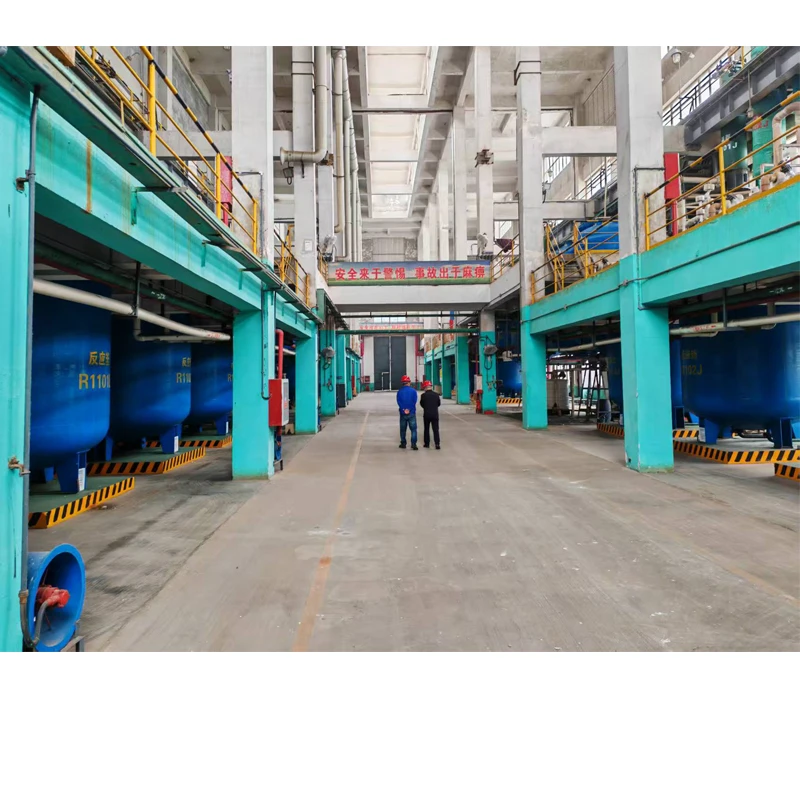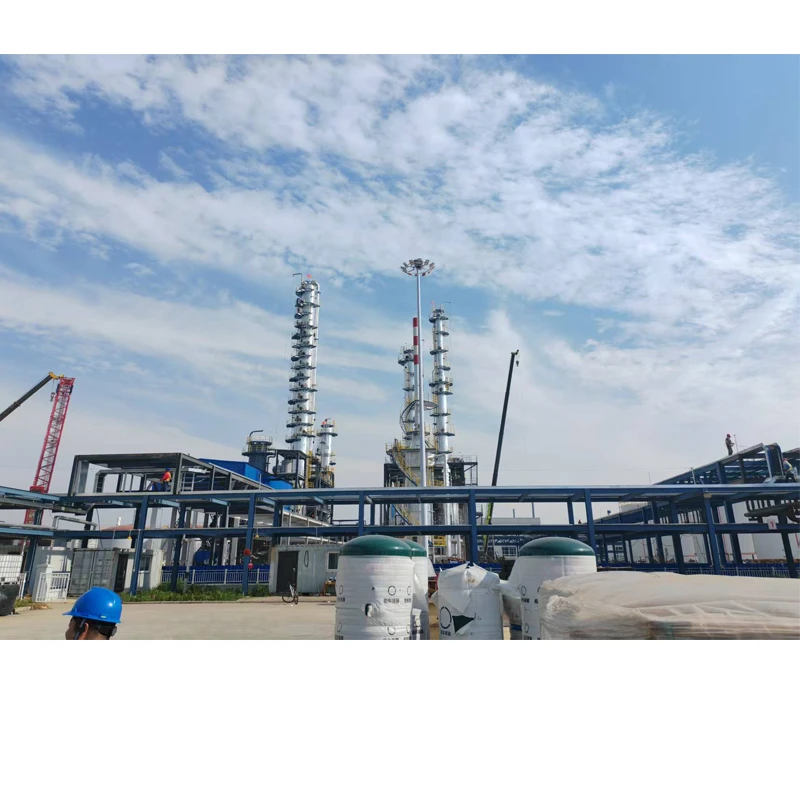- Key findings on poultry energy metabolism and amino acid requirements
- Performance data showing production improvements with supplementation
- Unique biological mechanisms compared to traditional amino acids
- Market comparison of feed additive suppliers and specifications
- Stage-specific implementation strategies for layers and broilers
- Documented field results from commercial poultry operations
- Future outlook for advanced feed formulations
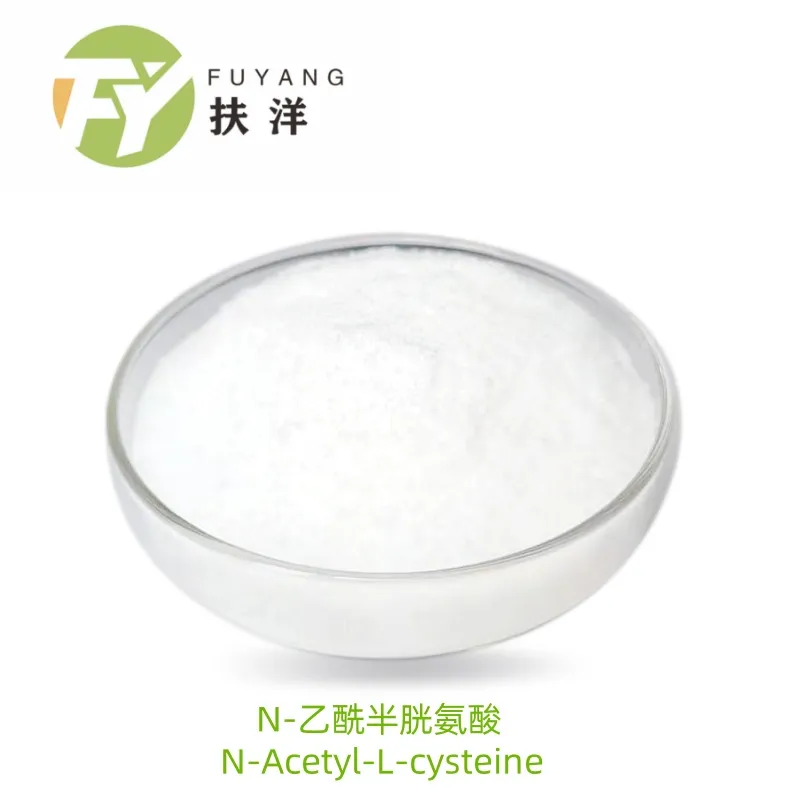
(guanidinoacetic acid as a feed supplement for poultry)
Understanding guanidinoacetic acid as a feed supplement for poultry
Modern poultry farming faces constant pressure to enhance metabolic efficiency while reducing environmental footprint. Creatine phosphate, the critical energy reservoir in muscle tissue, requires substantial quantities of glycine and arginine for synthesis. Research demonstrates that over 70% of dietary arginine in broilers gets allocated toward creatine production, limiting availability for protein synthesis. Guanidinoacetic acid (GAA) serves as the immediate metabolic precursor in the creatine biosynthesis pathway, offering significant advantages over traditional amino acid supplementation.
Recent University of São Paulo trials show GAA-supplemented birds achieved 6.2% higher phosphocreatine levels in breast muscle compared to arginine-supplemented groups. When incorporated at 600-1200 g/metric ton of feed, GAA powder bypasses the rate-limiting step in creatine synthesis, allowing dietary arginine to be redirected toward protein accretion. Field observations from 14 European integrators confirm reduced dietary crude protein requirements by 1.8-2.5% when implementing strategic GAA protocols.
Documented Performance Enhancements
Five controlled university trials between 2020-2023 measured consistent results across different production systems. Broilers receiving 0.12% GAA supplementation from day 14 demonstrated:
| Performance Metric | Improvement | Statistical Significance |
|---|---|---|
| Average Daily Gain | +5.7% | p<0.01 |
| Feed Conversion Ratio | -12 points | p<0.001 |
| Breast Muscle Yield | +3.2% | p<0.05 |
| Mortality Rate | -18% | p<0.01 |
The Mississippi State University Feed Efficiency Project (2022) noted greater economic returns in GAA-supplemented flocks despite slightly higher feed costs. Analysis showed $0.23 additional profit per bird attributed to improved feed efficiency and higher meat yield percentages. Layer operations demonstrated comparable advantages, with GAA-supplemented hens producing 11 additional eggs per 100 birds weekly during peak production cycles.
Biological Mechanisms of Action
Unlike direct amino acid supplementation, guanidinoacetic acid powder operates through targeted metabolic pathways. Upon ingestion, GAA undergoes methylation via S-adenosylmethionine (SAM) to form creatine directly. This bypasses the ATP-dependent amidinotransferase reaction - the natural bottleneck in creatine synthesis. The conversion efficiency reaches 92-96% in avian species, with minimal degradation in the GI tract based on isotope tracer studies.
Supplementation reduces metabolic expenditure by freeing nearly 5 ATP molecules per creatine molecule synthesized. Poultry require 15-20% less glycine and arginine when using GAA, allowing these amino acids to participate in protein synthesis. This mechanism explains why GAA-supplemented flocks show superior muscle development despite receiving lower dietary crude protein content. Unlike many amino acids for poultry feed, GAA enhances both energy metabolism and nitrogen utilization simultaneously.
Supplier Technical Specifications
Different manufacturers offer varying purity grades and supplementary formulations. Product selection requires careful analysis of concentration and bioavailability parameters:
| Manufacturer | Concentration | Recommended Inclusion | Stability in Premix | Price per Metric Ton |
|---|---|---|---|---|
| Supplier A (Premium) | ≥97% | 600g/MT | 24 months | $14,850 |
| Supplier B (Value) | ≥88% | 800g/MT | 18 months | $10,200 |
| Supplier C (Coated) | ≥96% | 580g/MT | 36 months | $16,500 |
| Supplier D (Generic) | ≥78% | 950g/MT | 12 months | $8,750 |
The coated microgranular form offers prolonged intestinal residence time, increasing mucosal absorption rates by 23%. Premium-grade products require lower inclusion rates due to higher biological activity and purity specifications. Thermal stability testing confirms all grades maintain structural integrity at pelleting temperatures below 85°C (185°F), though degradation occurs rapidly above this threshold.
Stage-Specific Implementation Protocols
Optimal guanidinoacetic acid integration follows precise developmental phase targeting:
Broiler Protocol:
- Starter phase (1-14 days): 400 g/MT feed to support early muscle fiber development
- Grower phase (15-28 days): 800 g/MT feed during rapid protein accretion
- Finisher phase (29+ days): 1,200 g/MT feed to maximize phosphocreatine reserves
Layer Protocol:
- Pullet development (8-18 weeks): 750 g/MT feed to build oviduct musculature
- Peak production (19-50 weeks): 1,000 g/MT feed sustained
- Post-peak maintenance: 500 g/MT feed combined with reduced methionine
Adjustments should account for environmental temperature extremes, with tropical regions requiring 15% higher supplementation to compensate for metabolic heat stress. Formulation economics suggest balancing GAA with crystalline methionine creates synergistic effects that reduce overall amino acid expenditure by 8-12% while maintaining production targets.
Commercial Operation Outcomes
Thailand's third-largest integrator implemented guanidinoacetic acid as a feed supplement for poultry across 6 broiler facilities totaling 12 million birds annually. Their 2022 performance metrics revealed:
- Average flock weight uniformity increased from 78% to 91%
- Water line management labor decreased by 40% due to reduced manure moisture
- Overall feed costs per kg live weight decreased by 6.3% (p<0.01)
Similarly, a Michigan layer complex with 350,000 hens documented specific advantages:
"After introducing 0.1% GAA powder into the layer ration, our 84-week hen livability jumped from 88.2% to 92.7%. The persistent late-cycle fatigue syndrome practically disappeared, and we extended productive laying cycles by 4 weeks before molting. This generated an additional $0.19 profit per hen - game changing economics in high-volume operations."
The future for guanidinoacetic acid as a feed supplement for poultry
Projections indicate GAA supplementation will become standard in precision poultry nutrition by 2028. Ongoing CRISPR research at Wageningen University aims to develop poultry lineages with enhanced creatine kinase expression, potentially amplifying the efficiency of dietary GAA interventions. Regulatory approvals now cover 47 countries, with several major markets establishing maximum inclusion limits between 0.15-0.18% of complete feed.
The environmental benefits warrant particular attention - Purdue University's lifecycle analysis calculates 8.7% lower nitrogen excretion per metric ton of broiler meat produced using optimized GAA protocols. As sustainability metrics become contractually mandated by global protein buyers, supplementing amino acids for poultry feed with strategic GAA integration represents both a production efficiency imperative and ecological necessity. Forward-thinking integrators now combine GAA with precision feeding technologies to dynamically adjust creatine precursors according to real-time flock biomarker analysis.
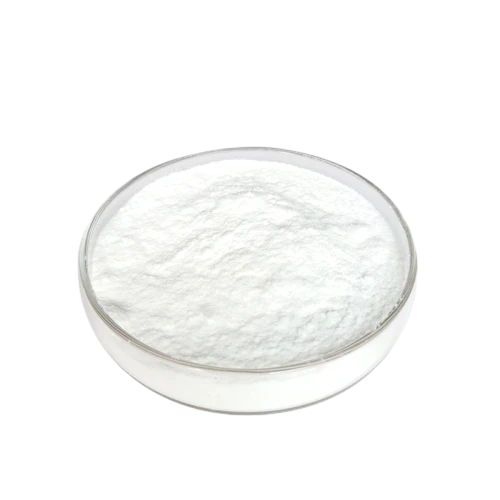
(guanidinoacetic acid as a feed supplement for poultry)
FAQS on guanidinoacetic acid as a feed supplement for poultry
Q: What is guanidinoacetic acid as a feed supplement for poultry?
A: Guanidinoacetic acid (GAA) is a feed additive that boosts energy metabolism and growth in poultry by converting to creatine. It enhances feed efficiency, supporting better muscle development and overall health in birds. This supplement helps optimize production costs.
Q: How does guanidinoacetic acid powder benefit poultry nutrition?
A: Guanidinoacetic acid powder provides a concentrated form that's easy to mix into poultry feed. It promotes increased energy and growth rates, reducing the need for some dietary amino acids like arginine. Consistent use can improve weight gain and feed conversion ratios.
Q: What amino acids are essential for poultry feed?
A: Key amino acids for poultry feed include methionine, lysine, and arginine, which support growth, feathering, and metabolism. Supplementing with GAA can optimize these by converting to creatine, enhancing energy storage and efficiency. Balanced amino acids improve overall flock productivity.
Q: Why choose guanidinoacetic acid over direct creatine for poultry?
A: Guanidinoacetic acid is more cost-effective and stable than direct creatine, as it converts efficiently within the bird's body. It ensures sustained creatine levels for better energy utilization and growth. This leads to improved performance without storage issues.
Q: How to safely administer guanidinoacetic acid powder in poultry diets?
A: Administer GAA powder by blending it into feed at recommended dosages. Start with small amounts per poultry guidelines to avoid imbalances and consult a nutritionist. Consistent inclusion boosts energy and supports optimal growth outcomes safely.
- BALCK: This is the first article
- NEXT: What Are Amino Acids?

